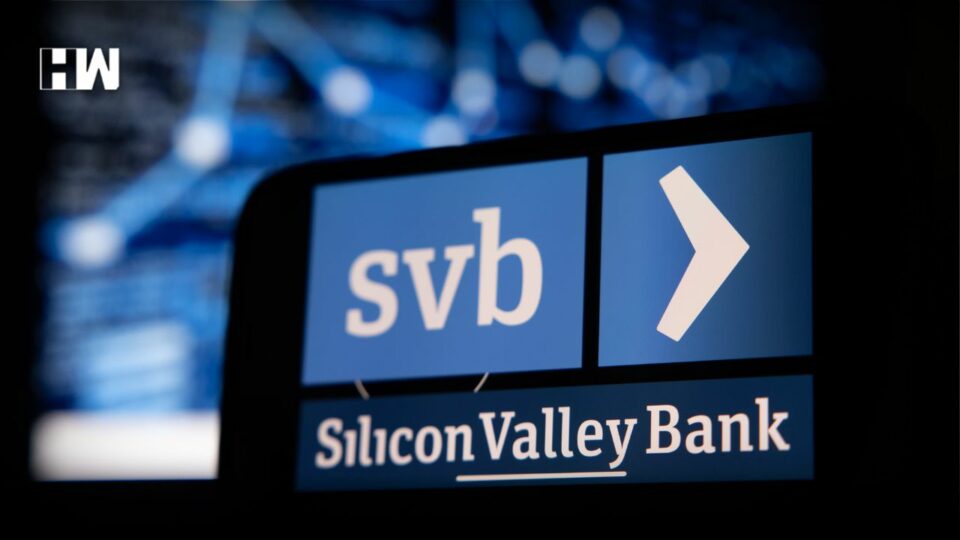It has been 5 days since the news of the collapse of SVB, and Silicon Valley Bank came out triggering panic in global markets. The fears of 2008 like the Bank collapse started taking root. and the reasons were such. Headquartered in Santa Clara, California, the bank was a go-to for tech start-ups not only in silicon valley but also in Europe and In India. On Friday Morning, the bank was taken over by federal regulators with deposits of hundreds and thousands locked in. This was the biggest banking failure in the US since Washington Mutual in 2008.
On 7th March, Silicon Valley Bank tweeted, “Proud to be on @Forbes’ annual ranking of America’s Best Banks, On 10th March, just three days later, the bank was shut down and taken over by the Federal Regulator. With an asset base of $209 Billion, this was the biggest bank to fail after the 2008 financial crisis that ripped through the markets. The Global Markets took a beating of this collapse too. European equity markets ended sharply lower whereas Asian markets were affected too. Why did it happen? what went wrong with SVB? Before getting into that, let’s understand a little bit about SVB
With the VC money pumping in, several startups chose to park their money with Silicon Valley banks. During the pandemic years, as the tech startups became the VC favorite bet, the bank’s deposits rose.
Between 2020 and 2022, SVB’s deposits soared 3 times — from $62 billion to $190 billion. Flush with cash from high-flying startups, Silicon Valley Bank bought huge amounts of bonds more than a year ago. This was the time when the US Central Bank slashed interest rates. The SVB invested in long-term bonds like real estate securities.
The California Department of Financial Protection and Innovation shut down Silicon Valley Bank and appointed the Federal Deposit Insurance Corp. as the receiver. The FDIC created a new bank, the National Bank of Santa Clara, to hold the deposits and other assets. The deposits were frozen for the weekend. Initially, more panic spread as there were reports that the bank will open operations on Monday but only the insured deposits can be accessed. The issue was at least 89% of the deposits in the bank were uninsured.
As an independent media platform, we do not take advertisements from governments and corporate houses. It is you, our readers, who have supported us on our journey to do honest and unbiased journalism. Please contribute, so that we can continue to do the same in future.

